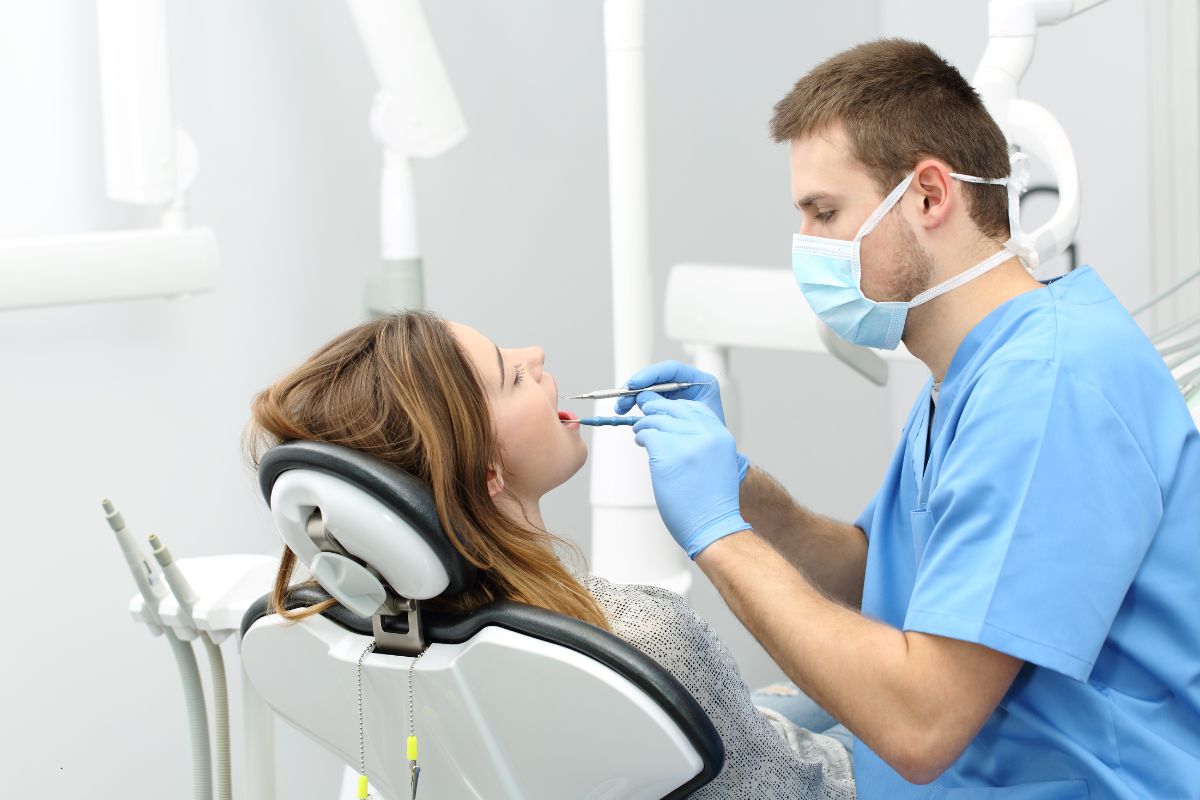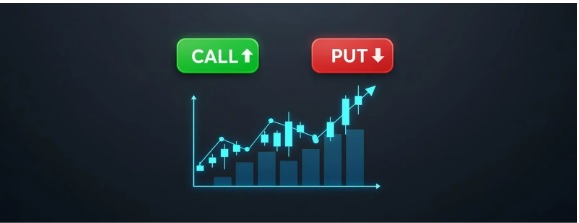Every person tends to have their own reasons to seek the assistance of an orthodontist. Some may seek treatment for enhancing the way their smile looks, while many others would want to address more serious concerns like not being able to properly speak due to teeth misalignment. According to Dr. Kami Hoss, dentists often recommend their patients to visit an orthodontist if they observe abnormalities like lack of space in the jaw or poor teeth alignment.
Dr. Kami Hoss highlights a few reasons to visit an orthodontist
Even is recommended to visit a dentist and get the teeth checked at least twice a year. Dentists would clean the teeth of the patients, check for signs of damage, and tell if they are suffering from any condition that requires further treatment. In many instances, dentists recommend patients to visit an orthodontist, who is a specialist who fixes bite and jaw irregularities. They can enable patients to achieve a beautiful smile by aligning their teeth, and also help prevent other serious problems. There are several reasons to visit an orthodontist:
- Teeth straightening: The majority of people visit an orthodontist to have their teeth straightened. Misaligned and crooked teeth can not only be bothersome, but may also impact the confidence and self-esteem of a person. Teen straightening is a fairly easy procedure. There are dental braces of multiple types available today to suit varying lifestyles.
- Overcrowded teeth: Certain adults develop too many teeth in a certain space in their mouth, causing the mouth to get overcrowded. As teeth are harder to clean this way, overcrowding may lead to several long-term dental and gum problems. An orthodontist shall be able to address this issue in multiple ways, like putting on braces and extracting a tooth or two.
- Gaps: At times, the teeth of a person naturally grow with spaces between them. In many other cases, a person might lose one or two molars and never get dentures. The other teeth can start to space out, causing decay. Straightening the teeth would make it easier for the patients to clean their teeth, and provide them extra protection against tooth decay.
- Bite issues: A misaligned bite, also known as malocclusion, is typical in many adults. Bite issues can be of multiple types, like overbite, underbite, open bite, and crossbite. Overbites, commonly referred to as buck teeth, occur when the upper front teeth protrude noticeably over the lower teeth, even when the mouth is closed. In contrast, an under-bite refers to a condition where the lower teeth extend past the upper teeth when the jaw is at rest. An open bite is identified by a visible space between the upper and lower rows of teeth when the mouth is closed; this gap may appear at the front or along the sides. A cross-bite, typically inherited, is a type of malocclusion that results from a narrow upper jaw, leading to misalignment between the upper and lower teeth. If left untreated, cross-bites can lead to jaw pain and significant damage to the jaw structure. Bite problems can impact the shape of a person’s face. It is important to correct them not only for better appearance, but also because bite issues can cause many other physical problems like grinding, clenching, headaches, and even speech problems.
As Dr. Kami Hoss points out, orthodontic treatment should not be delayed. There are many new technologies available today that orthodontists use to treat diverse types of issues conveniently and successfully.











